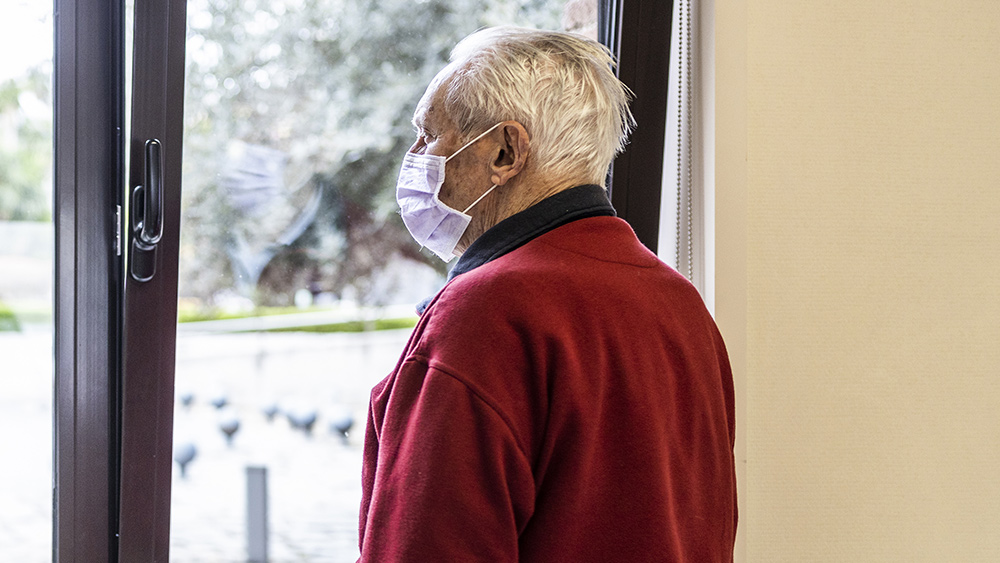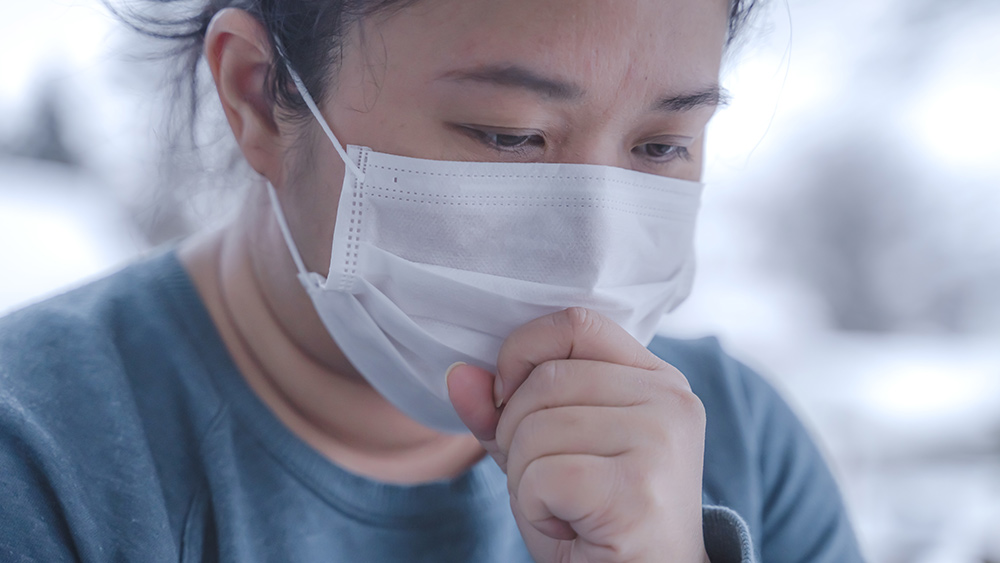Shed and spread: Study finds drug-resistant superbug Candida auris can spread through skin shedding
05/09/2020 / By Evangelyn Rodriguez

The U.S. Centers for Disease Control and Prevention (CDC) has been warning the public about an emerging and potentially deadly superbug for years. Candida auris, a pathogenic fungus that belongs to the same family that causes candidiasis, has recently been causing severe illness in hospitalized patients in many countries, including the United States.
According to the CDC, C. auris is now considered a global health threat, and U.S. case counts are slowly but steadily increasing. On its website, the agency lists the fungus’s resistance to multiple anti-fungal drugs, its difficulty to identify with standard laboratory methods and its ability to cause outbreaks, particularly in healthcare settings, as the three main reasons why it poses a serious threat to public health.
At the annual conference of the American Society for Microbiology held in June 2019, Joseph Sexton, a microbiologist working for the CDC’s Mycotic Diseases Branch, presented his team’s latest findings about C. auris. He reported that the fungus not only colonizes the skin of infected patients, but it also persists on surfaces. This finding sheds light on how the superbug has been causing nosocomial infections and why caseloads have been increasing.
“Our findings emphasize the importance of environmental cleaning and disinfection, including of high-touch surfaces like bed rails,” Sexton said.
What you should know about C. auris
Many people are familiar with the Candida species C. albicans, the most common culprit behind vaginal yeast infections and oral candidiasis (thrush). But while C. albicans can be easily controlled by over-the-counter or prescription drugs, these treatments typically don’t work against C. auris. The fungus is also hardy and highly transmittable, which is why it has earned the label “superbug.”
C. auris, like many of its cousins, can live on the skin of healthy humans without causing an infection or symptoms. However, for those who are vulnerable, such as hospitalized or immunocompromised patients, C. auris can be a deadly pathogen that causes severe illness. Common symptoms of infection include fever and chills, which can be easily mistaken as signs of other illnesses; hence the CDC recommends specific lab tests and identification procedures to confirm C. auris infection.
The CDC has been tracking the location and number of C. auris cases across the U.S. since 2018. Between 2018 and 2019, the caseload has more than doubled from 257 to 654. So far, C. auris infections have been confined in healthcare settings, particularly in hospitals and nursing homes. The fungus targets patients with weakened immune systems by infecting open wounds, their blood, brains, heart and ears.
According to the CDC’s records, the superbug has killed more than a third of patients with confirmed infections. As of April 14, case counts in the U.S. have reached 1,060. Sexton says that while cases are fewer in comparison to other outbreaks, C. auris still “presents a health concern because of its ability to cause large and persistent outbreaks.”
C. auris remains on surfaces that come into contact with infected patients
Sexton and his team’s study on C. auris was conducted in collaboration with the Chicago Department of Public Health. As per the CDC, Chicago is one the places in the U.S. with the most number of C. auris cases, along with New York City and New Jersey. The researchers collected 100 samples from a nursing facility in the area that, at the time, was going through a C. auris outbreak.
After analyzing samples from 28 of the 69 residents of that nursing home, the researchers found that those with high levels of the fungus on their skin also had high levels of it on their beds. All culture-positive bed samples belonged to those who tested 100 percent positive for C. auris, suggesting that infected patients shed the fungus through their skin. Even the beds used previously by infected patients also tested positive for the pathogenic fungus.
“These findings supported our hypothesis that patients are actively shedding C. auris cells into their environment,” said Sexton. “There was a clear relationship between the amount of C. auris on skin and the nearby environment.” (Related: Beat Candida and balance your gut health with these 20 anti-fungal foods.)
The researchers also found evidence that, apart from their beds, infected patients also left the fungus on windowsills, which they used as shelves. The fungus, they noted, was able to survive even on IV poles and medical equipment for weeks.
These findings emphasize the need for better and thorough decontamination procedures, especially in healthcare settings where C. auris infection is prevalent. To contain C. auris outbreaks and prevent further spreading of the superbug, infection control workers need to be more comprehensive in their cleaning procedures.
Sources include:
Tagged Under: candida, Candida auris, disinfection, drug resistance, drug-resistant fungus, environment, fungal infections, Fungi, Hospitals, infections, infectious diseases, outbreak, pathogen, pathogenic fungus, research, skin infections, skin shedding, superbugs




















